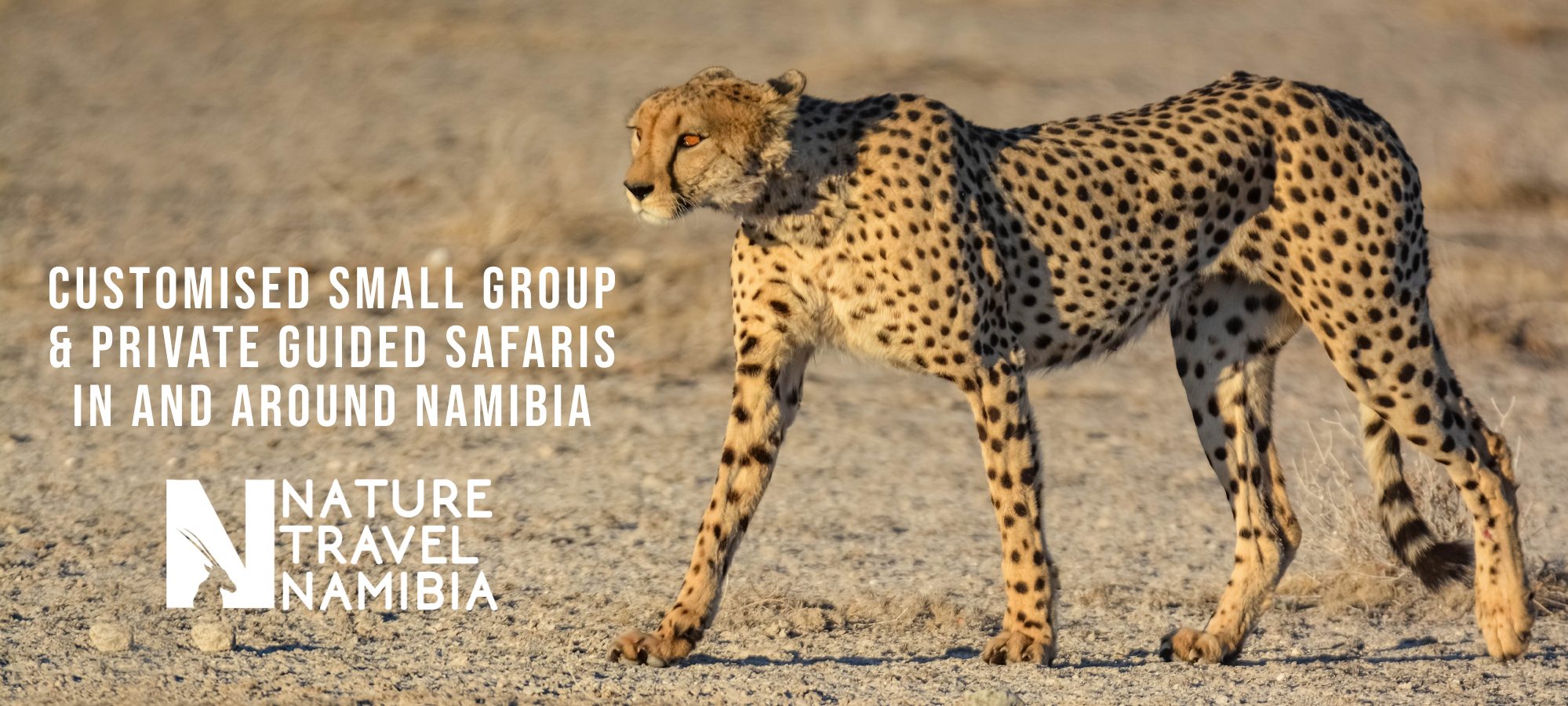An astonishing collection of wildlife has adapted successfully to the arid desert and seemingly inhospitable environment in Namibia. One of the most fascinating species that have managed this is the desert adapted Rhino, or as it is more scientifically known, the southwestern subspecies of the Black Rhinoceros.

Black Rhinos (Diceros bicornis) are native to eastern and southern Africa including Botswana, Kenya, Malawi, Mozambique, Namibia, South Africa, Swaziland, Tanzania, Zambia, and Zimbabwe. The southwestern subspecies is restricted to northern Namibia and southern Angola. Although the animal is referred to as black, its colour actually varies from brown to greyish.

Unlike other Black Rhino populations, the ones of the Kunene region of Namibia are usually unsociable, tending to live in small groups. A mother will remain with her calf for around two and a half years. Enough time for the youngster to obtain all the vital methods of surviving in one of the toughest habitats on the planet!

Many desert rhinos are ‘lone rangers’ who form prominent profiles on the natural landscapes. Lone bulls can be quite aggressive – worth noting if you’re privileged to spot one in the wild!
These specially adapted individuals can withstand scorching heat – in excess of 40°C (100°F) but can also cope with the below freezing temperatures common after dark in Namibia’s arid regions. Black Rhinos are least active during the heat of the day (between 10am and 3pm) when they take to the shade of large rocks. They become more active after dark when the temperatures drop.
Adult males can weigh up to 1,350 kg, and the smaller females up to 900 kg. Birth weight is around 40kg. Adult rhinos stand about 1.6 metres tall. They only have hair on the tips of their tails, ears and eyelashes. The size and shape of the horns vary depending on where the rhino lives and also differ between male and female. Males have thicker horns. Females tend to have longer and thinner horns. Black rhinos will live up to 35 years in the wild.
Black Rhinos are browsers (i.e. they eat trees, bushes and shrubs), as opposed to their White Rhino cousins, which are grazers. When they bite off woody plant parts, they often leave a clean-angled edge, unlike African Elephants who tend to shred the ends of branches like a toothbrush. This is achieved by the shape of the rhino’s hooked lip. Traces of this neatly bitten, woody material can be clearly seen in their dung. Remarkably, the Namib desert Black Rhino has evolved to survive without water for 2 or 3 days!
Dung piles are a common scent marking method. The Black Rhino will excrete in one spot repeatedly or create dung piles to mark their home range. They will also rub a scent gland against a tree or rock leaving a distinctive scent to mark a territory.
Black Rhinos have poor eyesight struggling to focus at a distance of as little as 30 metres. Thus they rely mostly on their superb sense of smell and sharp hearing. With a recorded speed of up to 55 km/h, they are astonishingly quick-footed and with sharp turns they run around or even right through bushes and scrub.
The population density of the Black Rhino in the desert plains of Western Kunene, Namibia, is one rhino per 100 km2, and still, the Black Rhinos in Namibia make up to one-third of the world’s remaining rhino population! That is a scary statistic.

Unfortunately the Black Rhino is currently listed as Critically Endangered by the IUCN (the southwestern Namibian population is listed as Vulnerable). The biggest threat towards the Namibian subspecies is illegal poaching. Hunting and poaching had totally eradicated their populations in the arid regions, but since the 1980’s thanks to the work of organisations like the Save the Rhino Trust the population of these national treasures has increased five times!
Join us on a Nature Travel Namibia or Nature Travel Expeditions safari to see these remarkable animals. Enquire by sending us a message on info@naturetravelnamibia.com.
![]()














